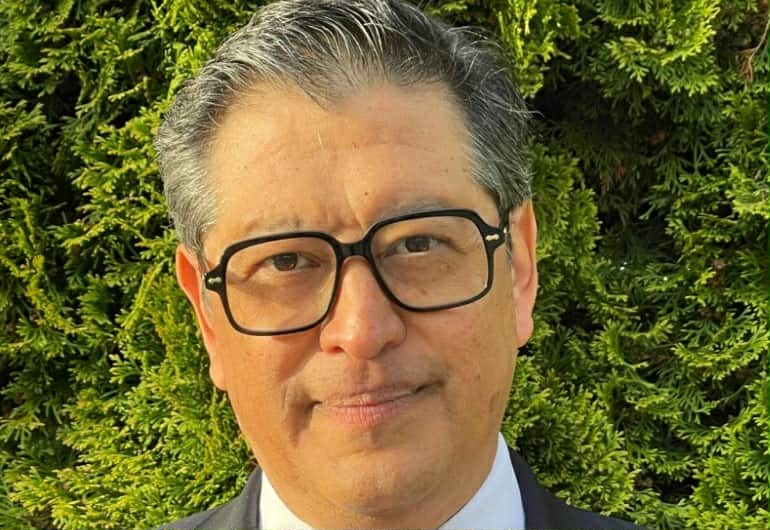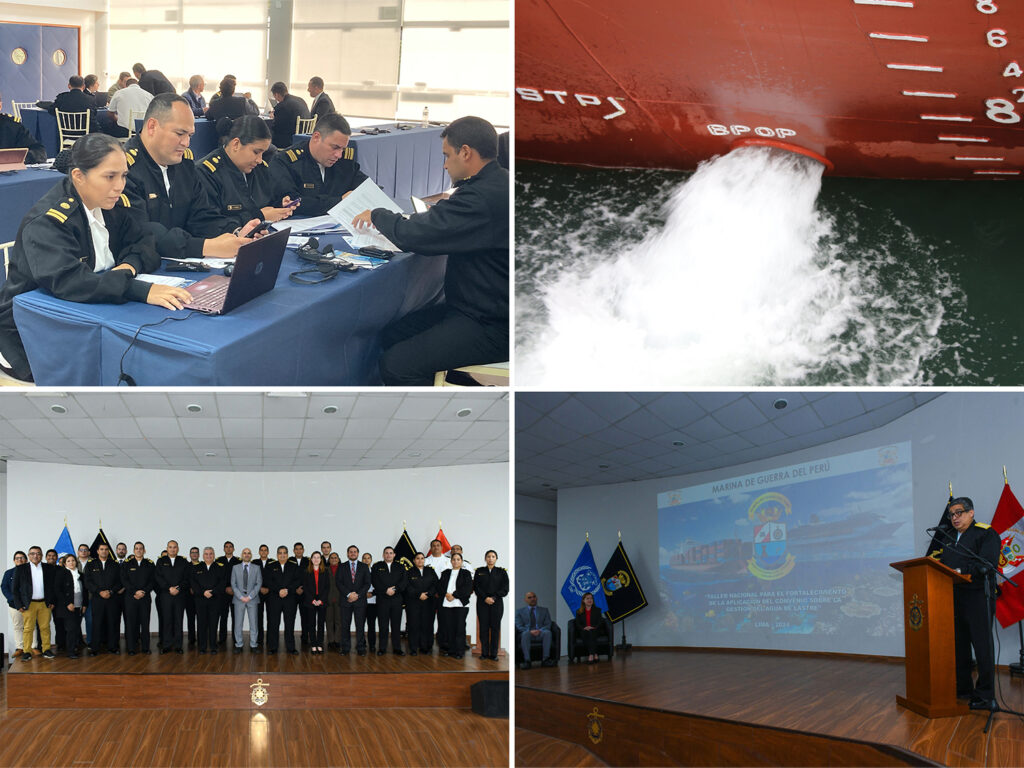By : Pablo Rodas-Martini
Former Chief Economist; international trade and maritime expert.
Shipping companies do not design their services on a whim, but with the foresight of a chess grandmaster. Every route and every call echoes the logic of studied moves. Just as chess has its Queen’s Gambit or Sicilian Defence, maritime logistics has its own models. Understanding these patterns is akin to grasping the grammar of global trade.
Today, I turn to the Japanese RoRo operator, K-Line. This is not to suggest superiority over other operators, but simply because K-Line’s maps strike an elegant balance. They are neither stripped down to bare lines nor presented as metro lines. They are clear, illustrative and easy to understand. Today, I will comment on three classical models.
The first is the pendular model

They enable vessels to be fully loaded in one direction, even if the counterflow is weaker. The imbalance in vehicle trade is striking: Europe sends cars across the Atlantic to satisfy the chronic deficit of the American market, while Japan and South Korea export goods to the insatiable U.S. West Coast.
The second model
The second model, especially visible in K-Line’s Latin American services, is the milk-run. This is a vivid metaphor for my generation, recalling a dairy truck stopping at each house to deliver bottles of milk.
A RoRo vessel calls sequentially at Veracruz, Altamira and Jacksonville, then curves down towards Latin American ports. The virtue of the milk-run lies in its inclusivity: it serves smaller ports that could never attract massive PCC/PCTC vessels and it rationalises flows by consolidating partial shipments. Here, the flow is mainly southward, much like the careful route of a milkman who never skips a house
The third model
The third model is the hub-and-spoke system, which is as strategic as it is invisible. Borrowed from aviation, it concentrates cargo at one powerful hub, then redistributes it through a constellation of spokes. Singapore plays this role for Southeast Asia, acting as an unrivalled and indispensable clearing house where vehicles from Japan or Korea are unloaded and transferred onto smaller feeders bound for in Southeast Asia, Australia or New Zealand. Similarly, Hambantota, located on the southern tip of Sri Lanka, serves the Indian subcontinent.
Vehicles land on mother ships there, are sorted, and then fan out to Indian ports. Only the bold trunk lines are visible on a map, but behind them lies a finer web: an intricate spider’s silk of feeders stretching outwards.
Therefore, lurking behind these illustrative maps is not chaos, but pattern. Routes are not chosen by whim, but according to a model.
Read More :







